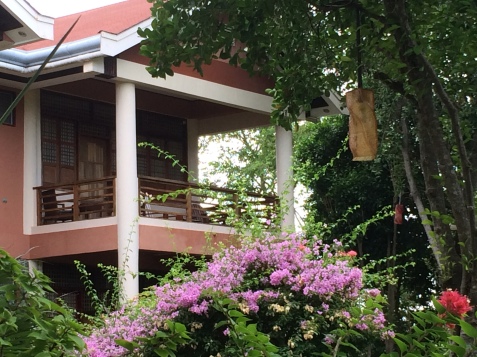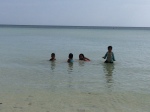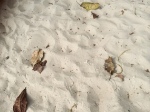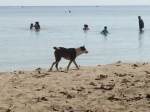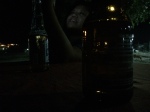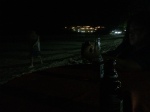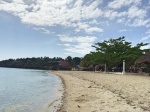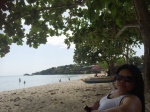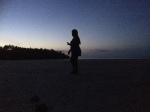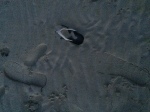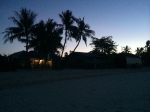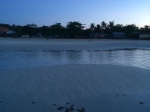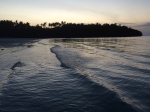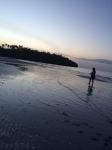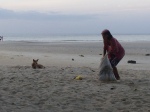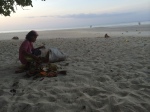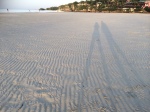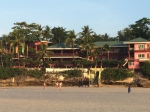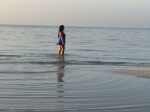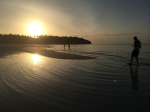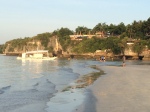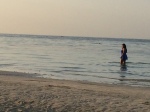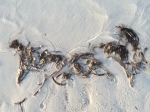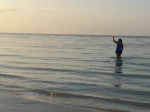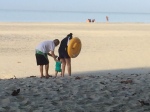These are photos from November 2015 when I hopped on a bus, alone, to seek refuge at Hale Manna, for the second year. Life in the city gets harsh, and although ours is a time when we are learning that we can stay in one place to be still and rest from the constant motion of things—or events—the process of leaving and arriving from one place to another facilitates the same process of leaving and arriving from one state to another. The feeling of getting used to some things, or getting comfortable with situations we’re in, needs to be shaken lest we fall deeper into our complacencies and familiarities. Because feelings like this do atrophy and we hardly notice when we are no longer moving towards the direction of our dreams—or our truths.
This particular time I went to Hale Manna was different from the usual times we go to the beach where the sun is high and burning bright and the water sparkles at its reflection. Clouds hovered above, the sea was blue gray, not a tinge of the pink and orange glory at sunrise and at sunset. But, see, the charm of Hale Manna never ceases when the sun is gone. The lush gardens, the stillness of the sea, the palpable dew that is in the air, the calm in colors and the energy that wrapped around me were reassuring of a presence in the absence of shine, of sparkle, of glitter.
November has been associated with darkness and the dead. Or with grief and anguish, cold and chilling like the proverbial Guns N’ Roses’ November Rain.
But isn’t it that it is in the darkest that we find our most enduring light? And isn’t it that we feel most alive when we have gone through dying? November for me is a time of rebirth, and so I welcome tomorrow with a boldness of the heart.
